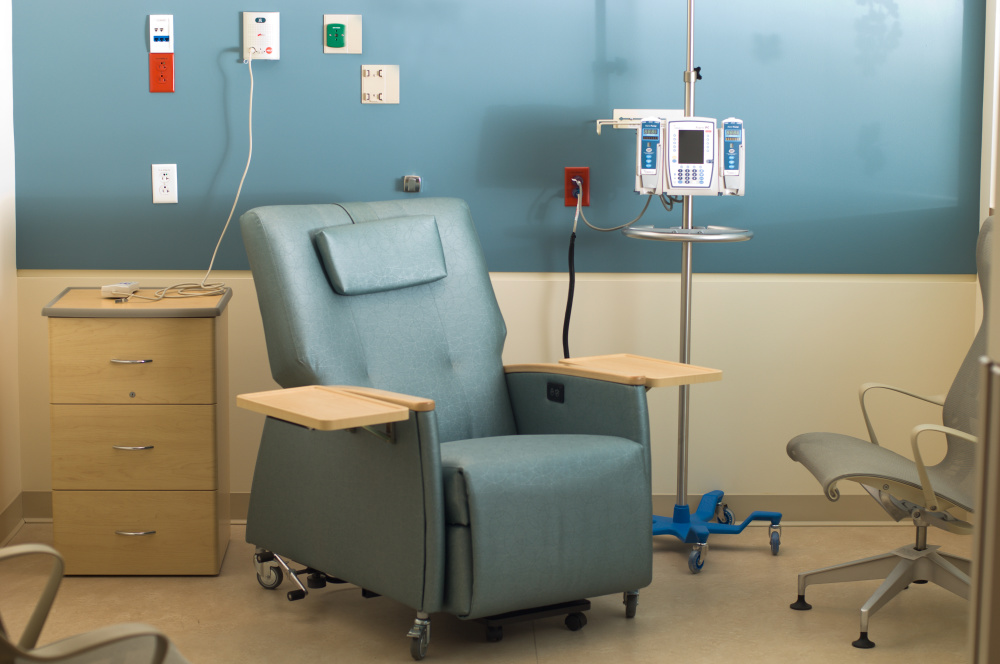
Photopheresis is a unique medical therapy that involves temporarily removing blood from a patient, mixing the blood with a medication, exposing the blood to ultraviolet (UV) light to activate the drug, and then reinfusing the blood into the patient. The technique is used to treat graft-versus-host disease (GVHD), a common and potentially severe side effect of stem cell transplant, and in patients with certain types of cutaneous T-cell lymphoma. The goal of the treatment is to stimulate the body’s immune system to fight cancer cells or stem the development of GVHD.
Photopheresis is generally painless, but it does take time. Each session lasts around three to four hours and you may need several sessions to ensure the treatment is effective. Your care team will work with you to create a plan that works for you and your condition. To help the treatment go smoothly, consider these tips as you prepare.
- Eat low-fat foods in the days leading up to treatment. This is because blood that is high in fat can be more difficult to separate in the photopheresis machine and can cause the procedure to be less effective. Avoid fatty items such as bacon, eggs, cheese, butter, hamburgers, fried foods, and desserts.
- Drink plenty of liquids in the two days before your treatment. Your blood will flow better during photopheresis if you are well hydrated. Aim for at least eight glasses of water a day.
- However, limit the amount of fluids that you drink the morning before treatment, especially coffee and other caffeinated drinks. This is because you will not be able to get up to use the bathroom during the three to four hours of treatment.
- Wear comfortable clothing with loose sleeves the day of treatment. You will lay in bed during the procedure while your blood is drawn, processed, and reinfused.
- Avoid being in the sun – even indirect sunlight – for 24 hours after each treatment. This is because the drug used in photopheresis makes your eyes and skin more sensitive to the sun’s UV rays. Use sunscreen with SPF 30 or higher. If you need to be outside, wear long-sleeved clothing and a wide-brimmed hat.
- Bring UV protective sunglasses or eye shields to wear during treatment and for 24 hours after treatment.
After your procedure is finished, your nurse will check your vital signs including your pulse and blood pressure. If you feel well and your vital signs are normal, you will be able to go home.
